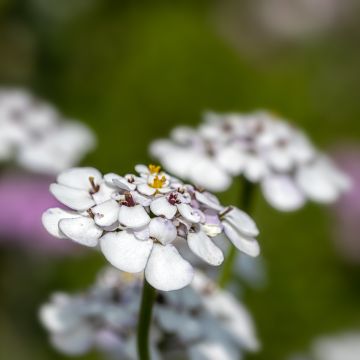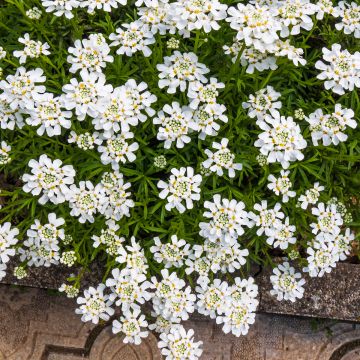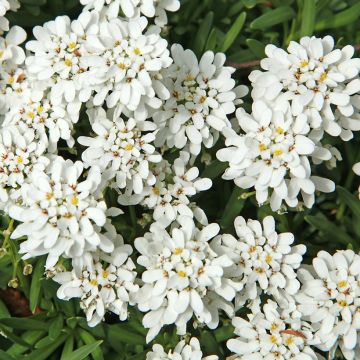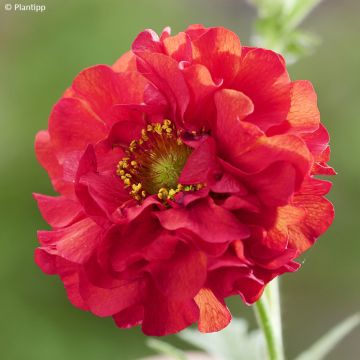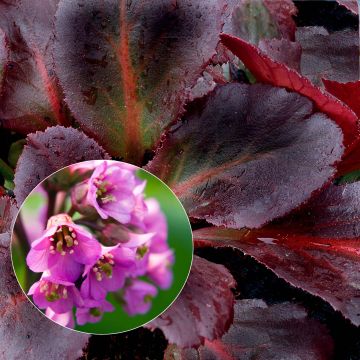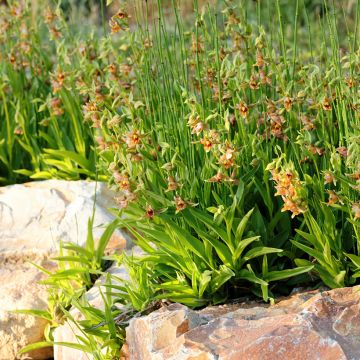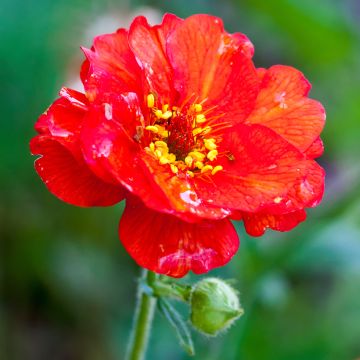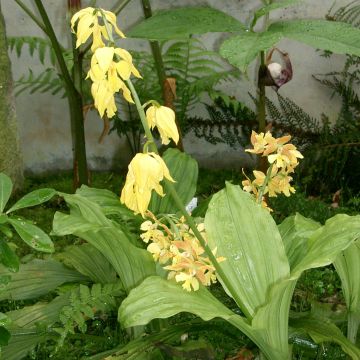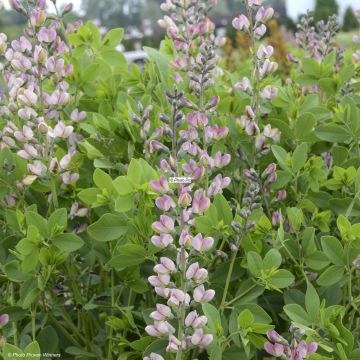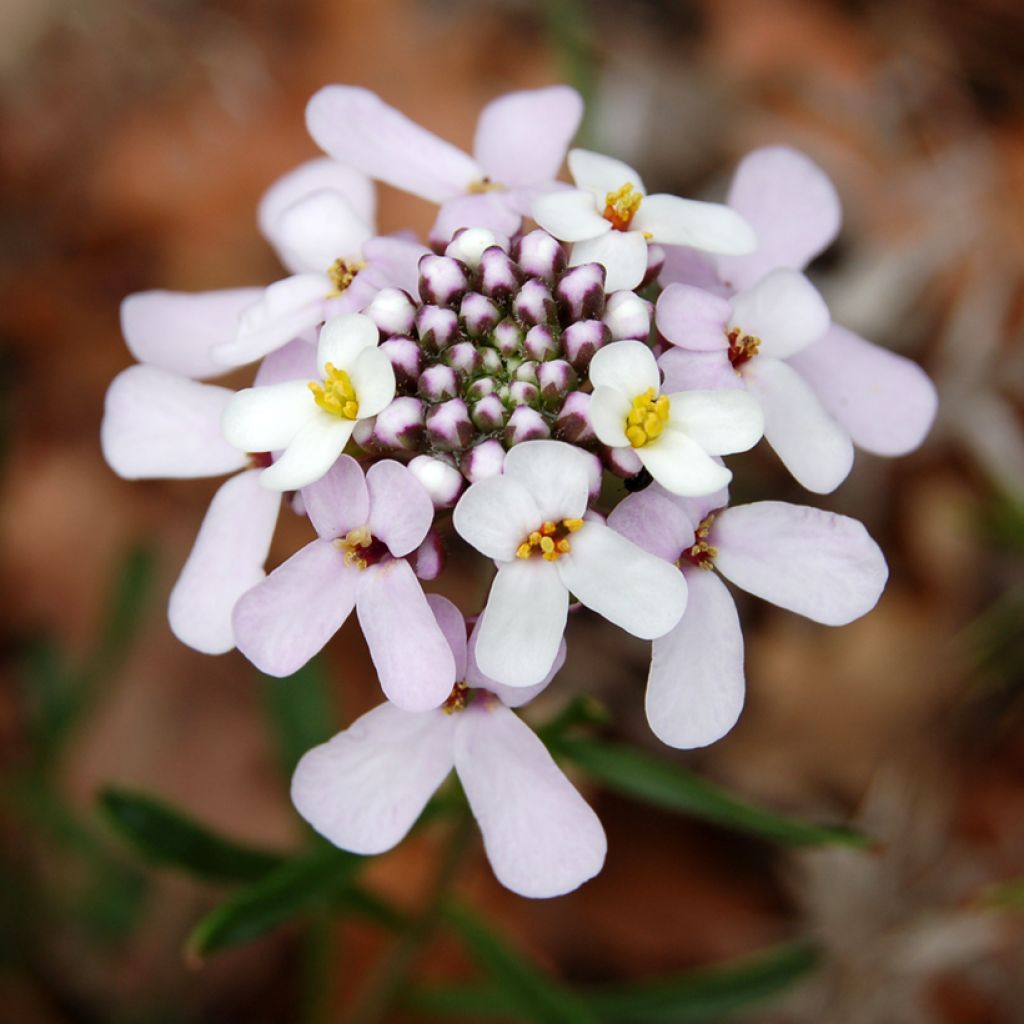

Iberis sempervirens Pink Ice


Iberis sempervirens Pink Ice
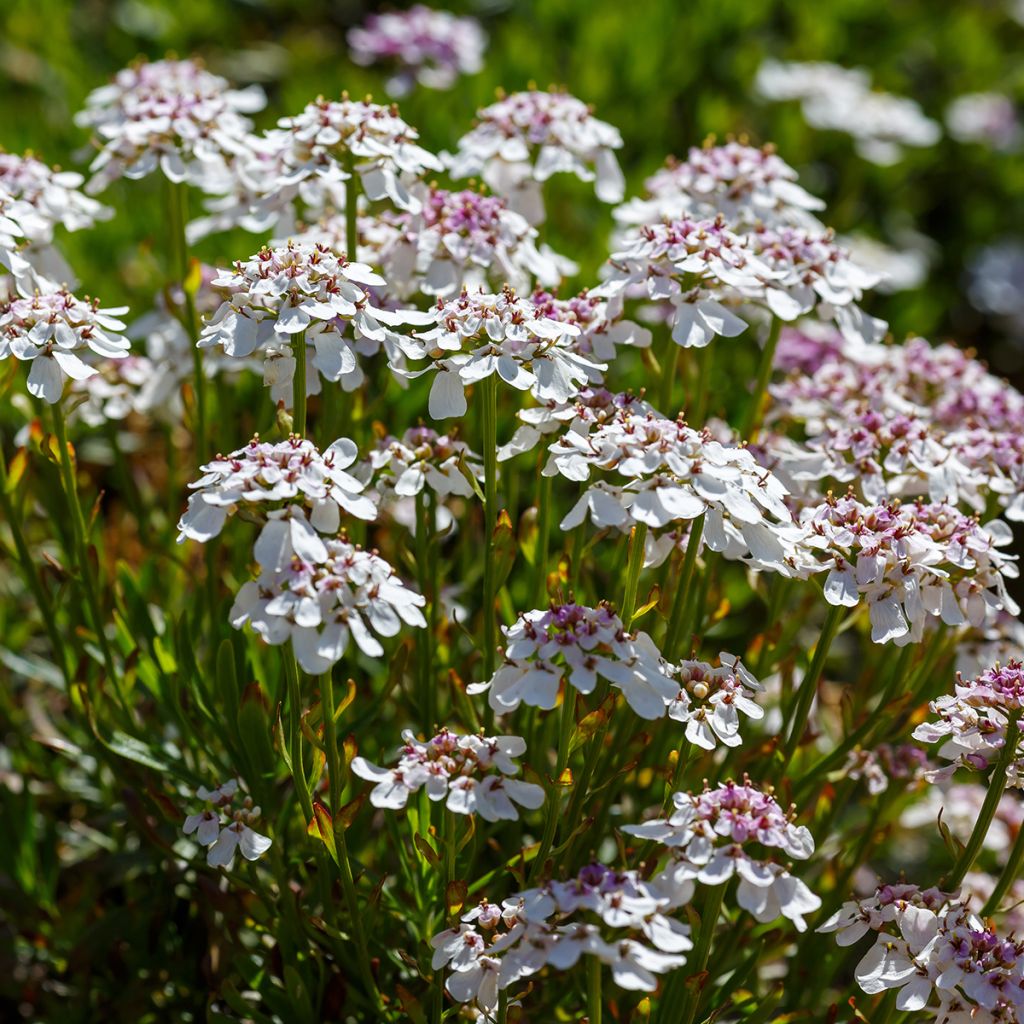

Iberis sempervirens Pink Ice
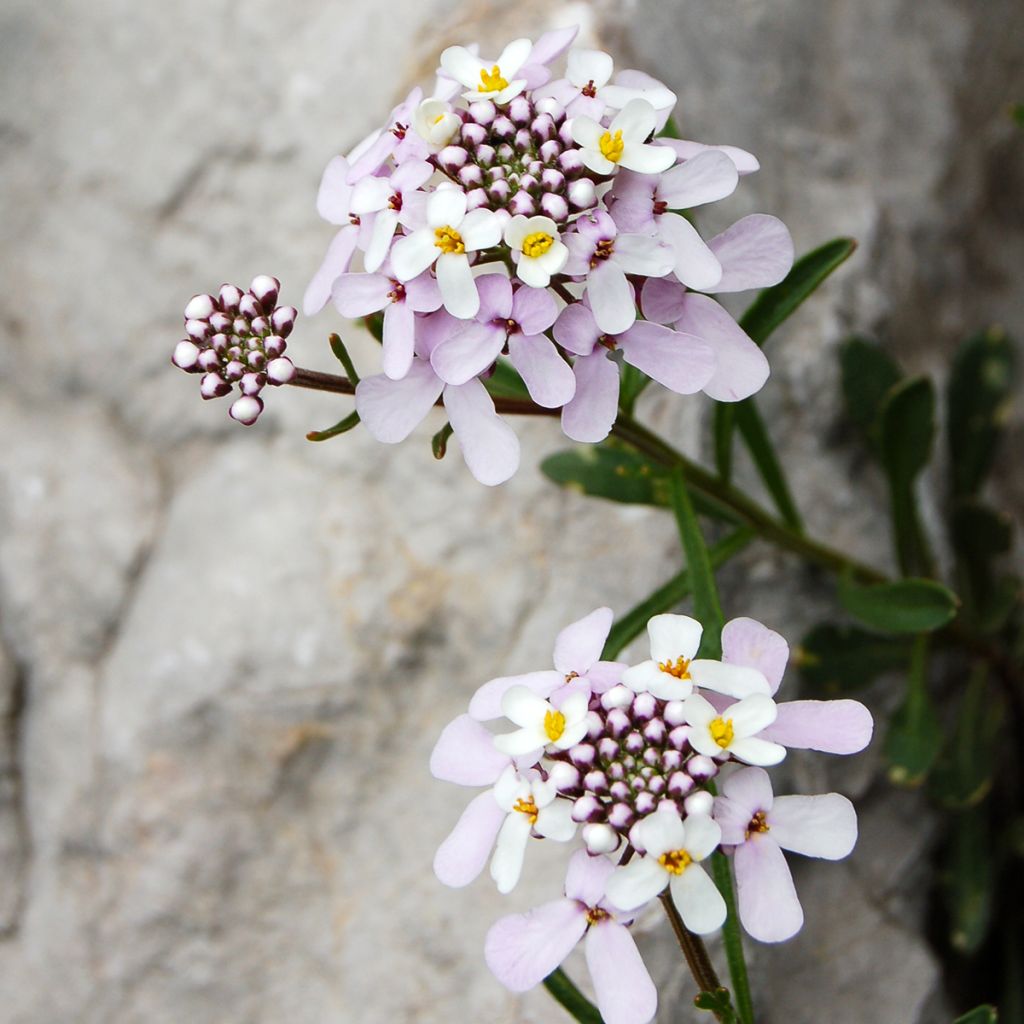

Iberis sempervirens Pink Ice


Iberis sempervirens Pink Ice
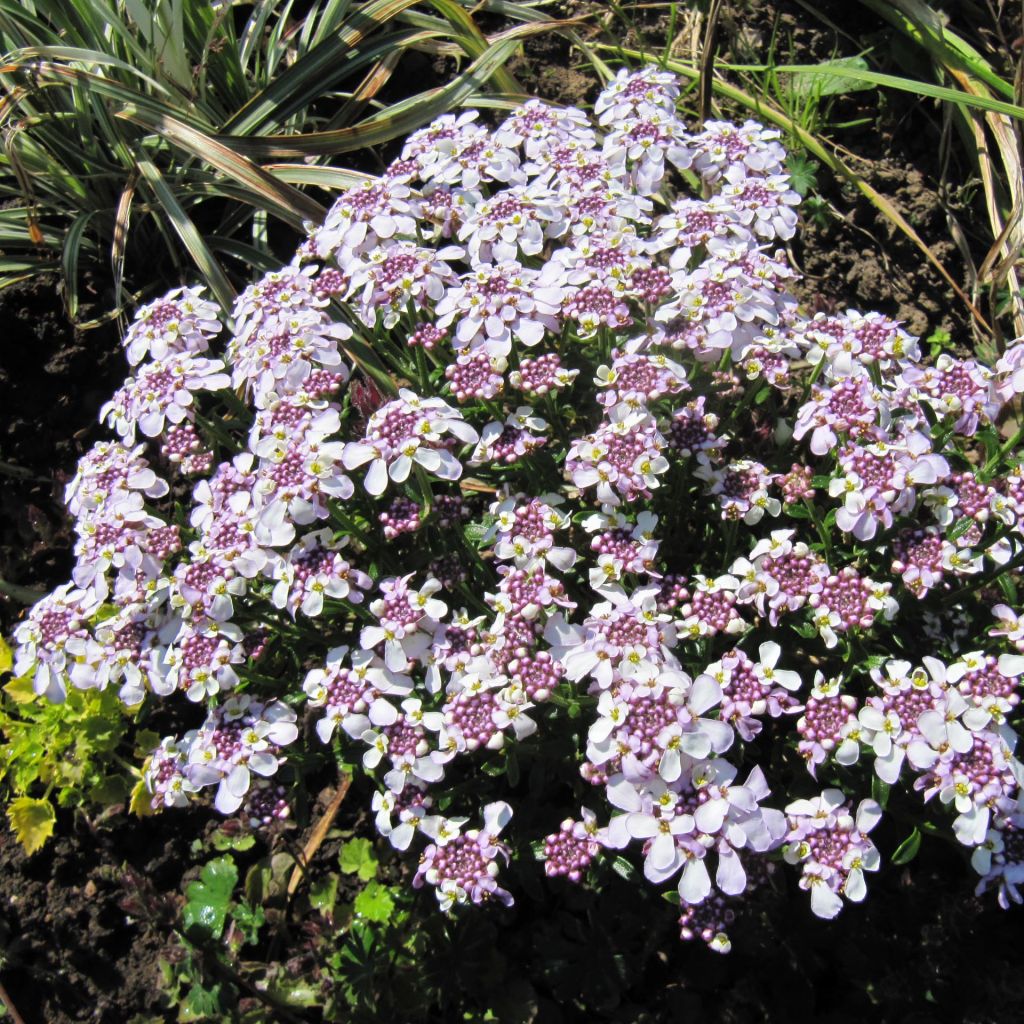

Iberis sempervirens Pink Ice
Iberis sempervirens Pink Ice
Iberis sempervirens Pink Ice®
Evergreen Candytuft
Beautiful plant in full bloom
Christine, 27/05/2025
Special offer!
Receive a €20 voucher for any order over €90 (excluding delivery costs, credit notes, and plastic-free options)!
1- Add your favorite plants to your cart.
2- Once you have reached €90, confirm your order (you can even choose the delivery date!).
3- As soon as your order is shipped, you will receive an email containing your voucher code, valid for 3 months (90 days).
Your voucher is unique and can only be used once, for any order with a minimum value of €20, excluding delivery costs.
Can be combined with other current offers, non-divisible and non-refundable.
Home or relay delivery (depending on size and destination)
Schedule delivery date,
and select date in basket
This plant carries a 12 months recovery warranty
More information
We guarantee the quality of our plants for a full growing cycle, and will replace at our expense any plant that fails to recover under normal climatic and planting conditions.

Would this plant suit my garden?
Set up your Plantfit profile →
Description
Iberis sempervirens 'Pink Ice' is a small, compact shrub with a spreading habit that is perfect for rockeries, borders, and even containers. Its "evergreen" foliage, as the name suggests, is adorned with multiple pink flowers in small, round clusters from April onwards, attracting pollinators. It thrives in poor and even chalky soil, and can tolerate drought once established. Hardy, it requires no maintenance and can withstand temperatures as low as -15°C (5°F).
Iberis sempervirens, also known as Candytuft, is an undershrub native to the Mediterranean region. It therefore tolerates heat and drought (once sufficiently established) and prefers well-drained soils. Its foliage is composed of numerous small, oblong, and narrow leaves, measuring just 2cm (1in) in length, which are dark green and evergreen. They are carried on woody stems that form a dense cushion reaching a height of 25cm (10in) and spreading at least 30cm (12in). The cushions of 'Pink Ice', present throughout the year, are covered in compact flower clusters measuring 5cm (2in) in length during spring. These clusters consist of tiny, four-petaled flowers in a very soft pink shade that bring the garden to life with the dance of pollinating insects. They are then replaced by the summer flowering from June onwards. You can remove faded flowers and prune the cushion to maintain a compact shape.
To create beautiful flower tapestries from early spring, Iberis sempervirens 'Pink Ice' is essential. It can be paired with Aubrieta, Arabis, Cerastium, and Moss Phlox along pathways and terraces, highlighting the front of borders and complementing the colour range of each plant. It also thrives in containers and can be combined with pastel-toned spring bulbs, such as China Pink Hyacinth and Tulips from the Harmonie Bruges collection.
Report an error about the product description
Iberis sempervirens Pink Ice in pictures


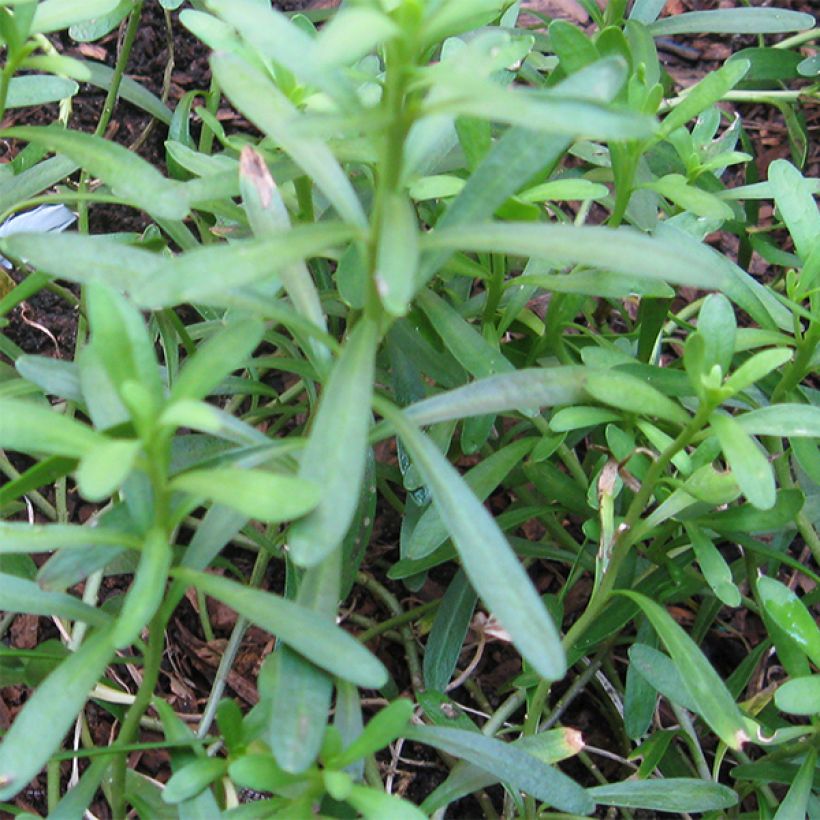

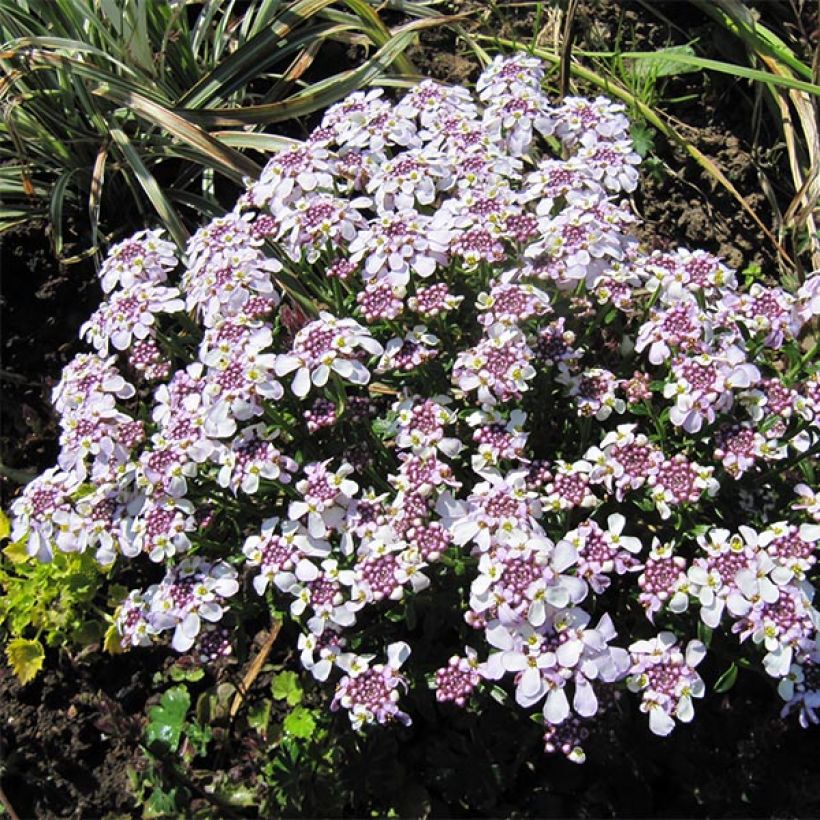

Flowering
Foliage
Plant habit
Botanical data
Iberis
sempervirens
Pink Ice®
Brassicaceae
Evergreen Candytuft
Cultivar or hybrid
Other Iberis
View all →Planting and care
Iberis sempervirens 'Pink Ice' can be planted in spring or autumn directly in the ground or in a container, in a sunny location. It can also tolerate some shade.
It will tolerate poor, even chalky soils. If you plant it in richer or heavier soil, make sure to add some gravel during planting, as it does not appreciate stagnant water.
Hardy, it can withstand quite intense frost and does not require any maintenance. You can simply remove faded flowers by lightly pruning it if you want to maintain a compact shape.
Planting period
Intended location
Care
-
, onOrder confirmed
Reply from on Promesse de fleurs
Similar products
Haven't found what you were looking for?
Hardiness is the lowest winter temperature a plant can endure without suffering serious damage or even dying. However, hardiness is affected by location (a sheltered area, such as a patio), protection (winter cover) and soil type (hardiness is improved by well-drained soil).

Photo Sharing Terms & Conditions
In order to encourage gardeners to interact and share their experiences, Promesse de fleurs offers various media enabling content to be uploaded onto its Site - in particular via the ‘Photo sharing’ module.
The User agrees to refrain from:
- Posting any content that is illegal, prejudicial, insulting, racist, inciteful to hatred, revisionist, contrary to public decency, that infringes on privacy or on the privacy rights of third parties, in particular the publicity rights of persons and goods, intellectual property rights, or the right to privacy.
- Submitting content on behalf of a third party;
- Impersonate the identity of a third party and/or publish any personal information about a third party;
In general, the User undertakes to refrain from any unethical behaviour.
All Content (in particular text, comments, files, images, photos, videos, creative works, etc.), which may be subject to property or intellectual property rights, image or other private rights, shall remain the property of the User, subject to the limited rights granted by the terms of the licence granted by Promesse de fleurs as stated below. Users are at liberty to publish or not to publish such Content on the Site, notably via the ‘Photo Sharing’ facility, and accept that this Content shall be made public and freely accessible, notably on the Internet.
Users further acknowledge, undertake to have ,and guarantee that they hold all necessary rights and permissions to publish such material on the Site, in particular with regard to the legislation in force pertaining to any privacy, property, intellectual property, image, or contractual rights, or rights of any other nature. By publishing such Content on the Site, Users acknowledge accepting full liability as publishers of the Content within the meaning of the law, and grant Promesse de fleurs, free of charge, an inclusive, worldwide licence for the said Content for the entire duration of its publication, including all reproduction, representation, up/downloading, displaying, performing, transmission, and storage rights.
Users also grant permission for their name to be linked to the Content and accept that this link may not always be made available.
By engaging in posting material, Users consent to their Content becoming automatically accessible on the Internet, in particular on other sites and/or blogs and/or web pages of the Promesse de fleurs site, including in particular social pages and the Promesse de fleurs catalogue.
Users may secure the removal of entrusted content free of charge by issuing a simple request via our contact form.
The flowering period indicated on our website applies to countries and regions located in USDA zone 8 (France, the United Kingdom, Ireland, the Netherlands, etc.)
It will vary according to where you live:
- In zones 9 to 10 (Italy, Spain, Greece, etc.), flowering will occur about 2 to 4 weeks earlier.
- In zones 6 to 7 (Germany, Poland, Slovenia, and lower mountainous regions), flowering will be delayed by 2 to 3 weeks.
- In zone 5 (Central Europe, Scandinavia), blooming will be delayed by 3 to 5 weeks.
In temperate climates, pruning of spring-flowering shrubs (forsythia, spireas, etc.) should be done just after flowering.
Pruning of summer-flowering shrubs (Indian Lilac, Perovskia, etc.) can be done in winter or spring.
In cold regions as well as with frost-sensitive plants, avoid pruning too early when severe frosts may still occur.
The planting period indicated on our website applies to countries and regions located in USDA zone 8 (France, United Kingdom, Ireland, Netherlands).
It will vary according to where you live:
- In Mediterranean zones (Marseille, Madrid, Milan, etc.), autumn and winter are the best planting periods.
- In continental zones (Strasbourg, Munich, Vienna, etc.), delay planting by 2 to 3 weeks in spring and bring it forward by 2 to 4 weeks in autumn.
- In mountainous regions (the Alps, Pyrenees, Carpathians, etc.), it is best to plant in late spring (May-June) or late summer (August-September).
The harvesting period indicated on our website applies to countries and regions in USDA zone 8 (France, England, Ireland, the Netherlands).
In colder areas (Scandinavia, Poland, Austria...) fruit and vegetable harvests are likely to be delayed by 3-4 weeks.
In warmer areas (Italy, Spain, Greece, etc.), harvesting will probably take place earlier, depending on weather conditions.
The sowing periods indicated on our website apply to countries and regions within USDA Zone 8 (France, UK, Ireland, Netherlands).
In colder areas (Scandinavia, Poland, Austria...), delay any outdoor sowing by 3-4 weeks, or sow under glass.
In warmer climes (Italy, Spain, Greece, etc.), bring outdoor sowing forward by a few weeks.






























